LPT’s Ethics Issue — Taking Names: Eased Ethical Considerations Increase Firm Name Options
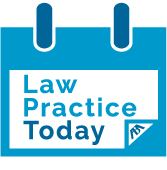
ABA’s Law Practice Today Webzine
Over my 25+ years of working with law firms on business development, addressing the issue of law firm names is not really one of my favorites—because it rarely comes without some painful internal issues to address.
There are the firms that want to drop the second, third or fourth names (if you have more, you’ve got a real problem) from the law firm name—usually just in regard to branding and the logo (and the website, e-mail address and social media accounts), while keeping the full “legal name” intact. It is easier when those names are for attorneys that are deceased (sorry to say), because it is a lot tougher when the lawyer whose name is coming off the signage is still sitting right there.
 Marketing Attorney Blog
Marketing Attorney Blog


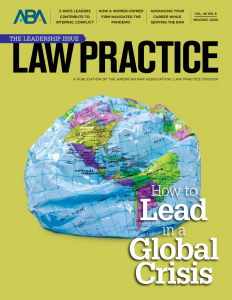 A favorite business development endeavor for many lawyers (me included) is involvement on a nonprofit board. It can be time-consuming, potentially expensive and sometimes frustrating, but it is a do-good activity that ideally is tied to an area of interest and passion. In my November/December 2020 marketing column in Law Practice, I write on
A favorite business development endeavor for many lawyers (me included) is involvement on a nonprofit board. It can be time-consuming, potentially expensive and sometimes frustrating, but it is a do-good activity that ideally is tied to an area of interest and passion. In my November/December 2020 marketing column in Law Practice, I write on 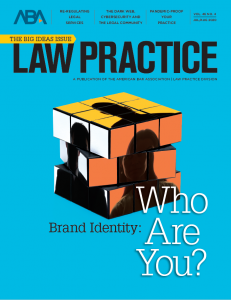 My annual
My annual  In the June/July 2020 issue of the
In the June/July 2020 issue of the 

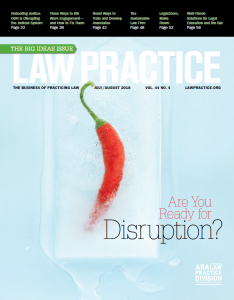 Whenever I pass a roadside diner promising something like “world’s best cherry pie,” I think about lawyer advertising restrictions. Because no law firm or lawyer could tout themselves as the best or greatest—and many of the taglines, phrases and symbols used to market products and services to consumers are restricted or outright prohibited in the legal profession.
Whenever I pass a roadside diner promising something like “world’s best cherry pie,” I think about lawyer advertising restrictions. Because no law firm or lawyer could tout themselves as the best or greatest—and many of the taglines, phrases and symbols used to market products and services to consumers are restricted or outright prohibited in the legal profession.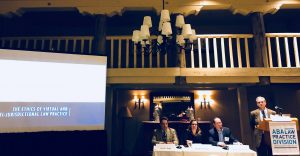 Recently, I had the privilege of serving on a panel at the American Bar Association’s Law Practice Division continuing legal education program on the ethics of virtual and multi-jurisdictional lawyering in Santa Fe, New Mexico. The program was co-sponsored by the State Bar of New Mexico, and took place on May 18, 2018 at the Inn and Spa at Loretto.
Recently, I had the privilege of serving on a panel at the American Bar Association’s Law Practice Division continuing legal education program on the ethics of virtual and multi-jurisdictional lawyering in Santa Fe, New Mexico. The program was co-sponsored by the State Bar of New Mexico, and took place on May 18, 2018 at the Inn and Spa at Loretto.